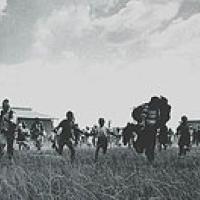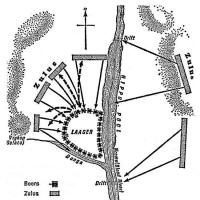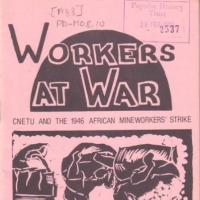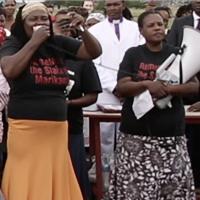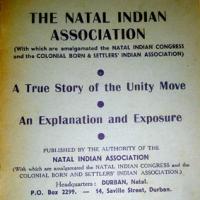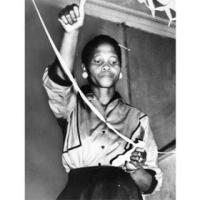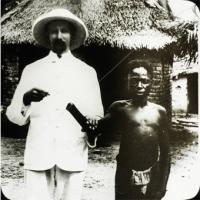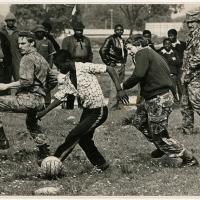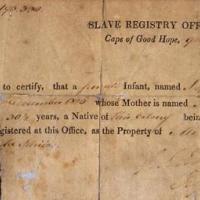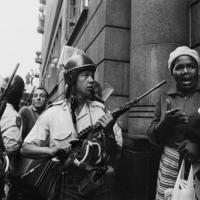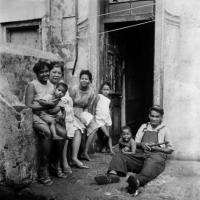One of the organisers of the 1956 Women's March, Lilian Ngoyi
Document Preview
Document Preview
Document Preview
Document Preview
Archive Test
Featured topics
This day in history
Find out who was born, who died and other significant events from this day in history
History in Images
A young victim of the atrocities committed by Belgium in the Congo stands next to a missionary.
Image Source:
www.wikimedia.org
Riot police play a game of soccer with youths in Nyanga on 27 August 1976. Photo by John Paisley
Image Source:
www.lib.uct.ac.za
A certificate of slavery for an infant named Sophie, dated 1827 Cape of Good Hope.
Image Source:
www.theculturetrip.com
Riot police attempt to block the way of workers leaving a May Day meeting at Khotso House in Johannesburg in May 1985.
Image Source:
www.digitalcollections.lib.uct.ac.za
Document Preview
Ysterplaat is an old Northern Suburb of Cape Town and home to an Airforce Base, School's and a Museum; amongst many Churches and a nearby Synagogue. This Area is situated very near the City of Cape Town. It is very close to the neighbouring Suburbs of: 'Brooklyn, Paarden Island, Maitland, Milnerton and Century City.'
It is not known precisely known when aviators started using Ysterplaat as a landing field. However in the Municipal Census of 1810, it is listed that on the 31st December 1810, Willem Caesar and a widow; ''Priem'' with her two children are residents at: 'd`Yzere Plaat'.
